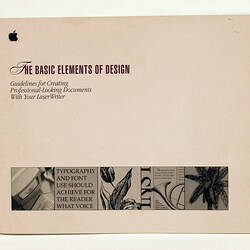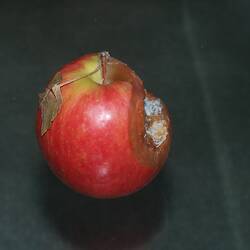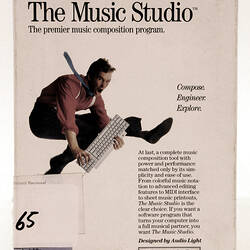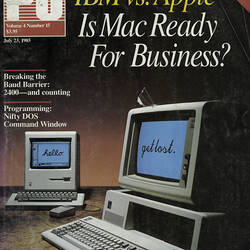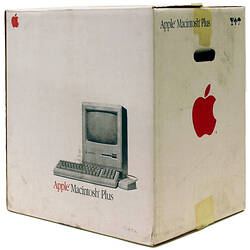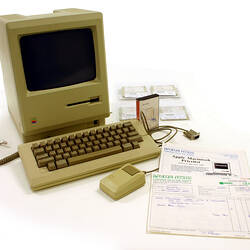From the outset, the Apple II computer was portable and carry bags were made for it. However the need to supply a monitor did restrict its portability. The advent of the Macintosh, an all-in-one computer, meant that the entire computer system became portable, although it was clumsy and heavy.
In 1993 Apple released the Apple Newton MessagePad, a tablet with a pressure sensitive screen and stylus. It was the world's first personal digital assistant (PDA), and in reality it was a tiny hand held portable computer. Its key features were its fax and email capabilities, personal organiser applications and its ability to recognise and interpret words hand written on its screen. It supported infra-red connection with other devices, including printers, computers and other Newtons. It was axed in 1997, not because it was a failure, but because acting CEO Steve Jobs decided that there was a desperate need for a floundering Apple Computer to return to its core business. The Newton team founded Palm Inc which released the even smaller Palm Pilot, and became the leader in the PDA industry.
By 1997 component miniaturisation together with better techniques to mass produce liquid crystal displays (LCD) saw the introduction of laptop or notebook style PCs. Apple's PowerBook 100 was introduced and set new standards for ergonomic design. This included a trackball to act as a mouse and a set-back keyboard offering the user a palm rest for more comfortable typing. This template has come to dominate all laptop design, while the trackball has given way to the touchpad, again first introduced in an Apple laptop. The notebook challenged the desktop computer as the PC of choice, although it took a decade before the ratio of sales reached 50/50.
More Information
-
Keywords
-
Authors
-
Article types



